SUP @Wetland The Last Resource of Thai Cranes at Burirum
When we talk about cranes, I find it hard to picture how they could exist in our nation’s natural environment.
They are only shown in Japanese media. The red head, upper neck, and grey body of the Thai crane, also known as the sarus crane,
have been reintroduced to nature after more than 50 years of being thought to be extinct in Thailand.
There are currently about a hundred of them. This is the accomplishment of the Wetland and Eastern Sarus Crane Conservation Center, Burirum
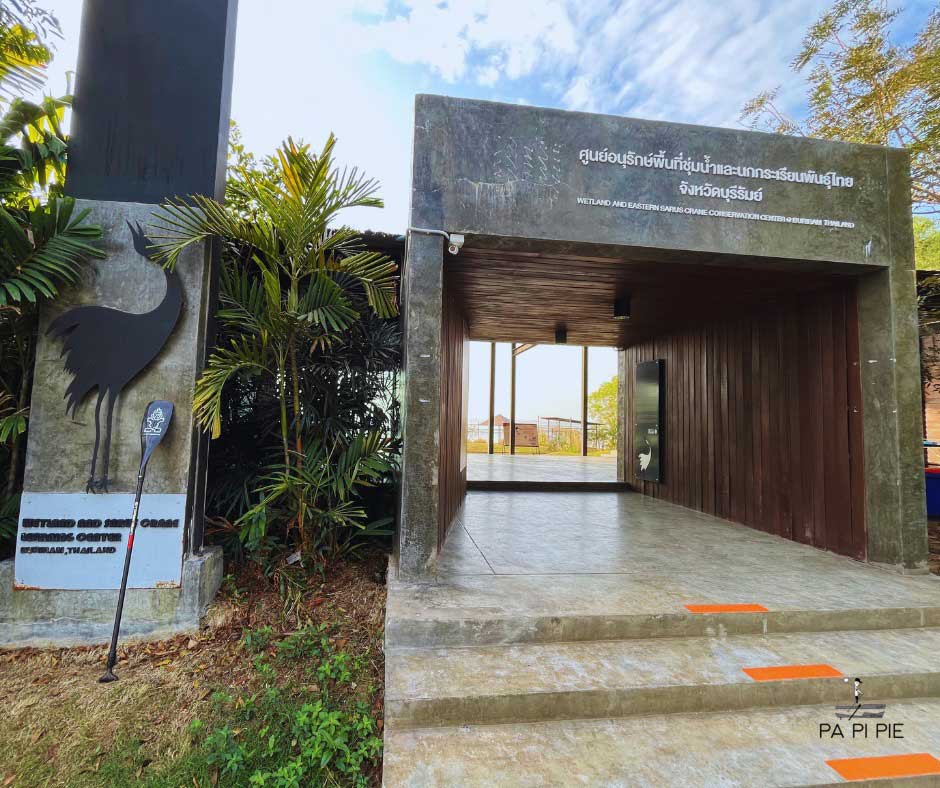
We can travel by bicycle or car to the Wetland and Eastern Sarus Crane Conservation Center.
However, we decided to paddle there in order to see the area and experience something new in the early morning before sunrise.
It is the habitat for the animals, and if you’re lucky, you might spot a group of cranes or other birds on this wetland.
On this swamp, a variety of birds are easily observable. It is well-liked by bird watchers who frequently come here to observe birds.
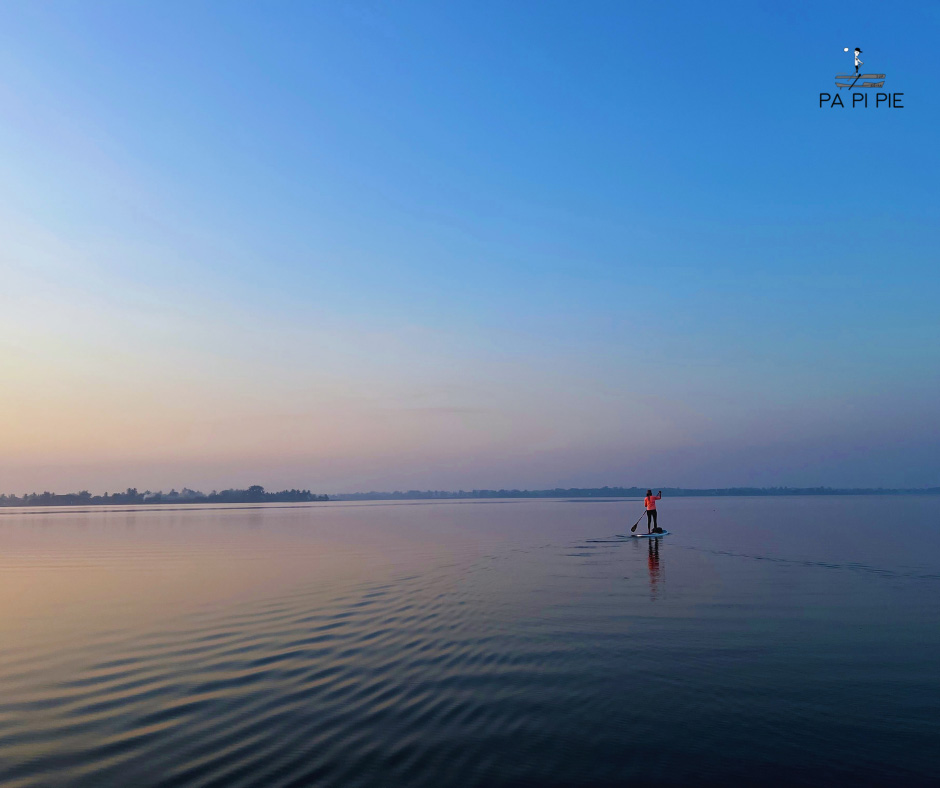
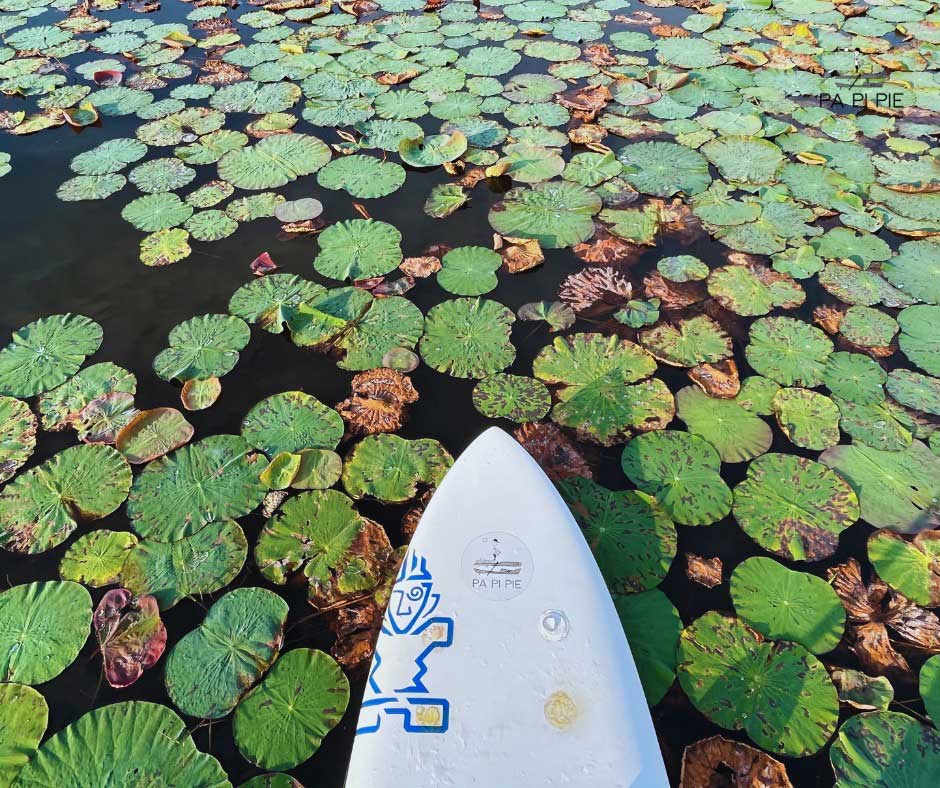
We began at a large reservoir called Huai Chorake Mak. We paddled along the ridge of the reservoir, aiming for the big treetop on the right.
Soon, we could hear a flock of birds chirping. I’m assuming those are cranes even though I couldn’t see them.
In this marshy area, I keep an eye out for several birds. We paddle by lotus and aquatic plants seldom observed anywhere
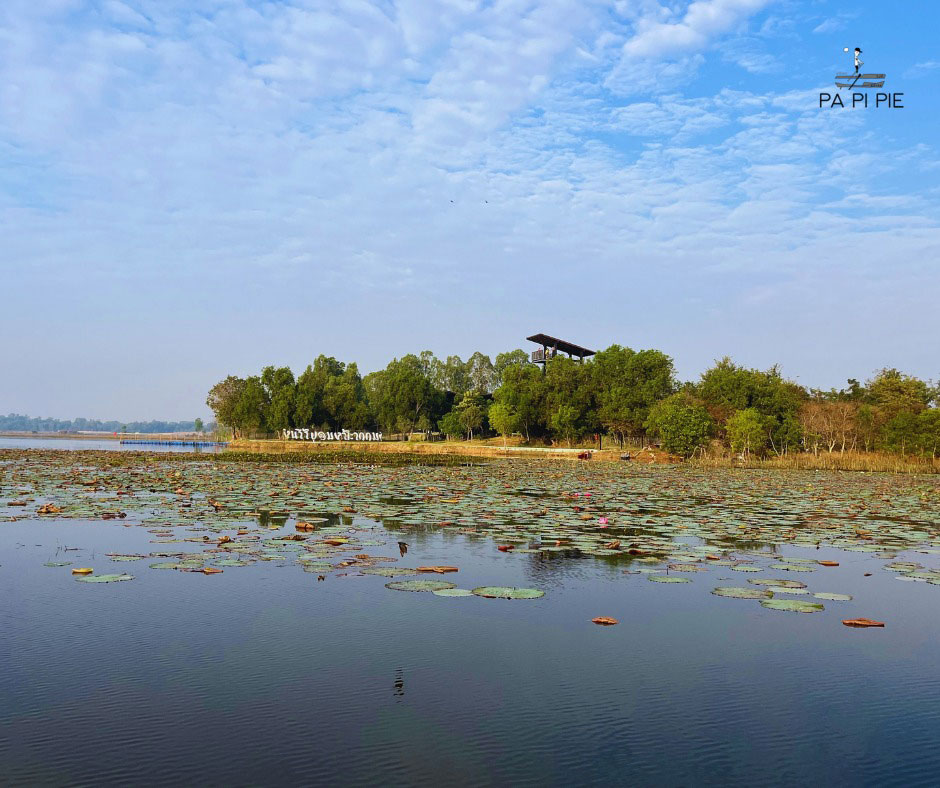
We still have to paddle through the big grove of Lotus before we get to the Wetland and Eastern Sarus Crane Conservation Center.
We saw piles of shells, which looked like leftover food from the cranes. We finally got there.
This building’s design is simple, looks good, and puts the focus on how it works.
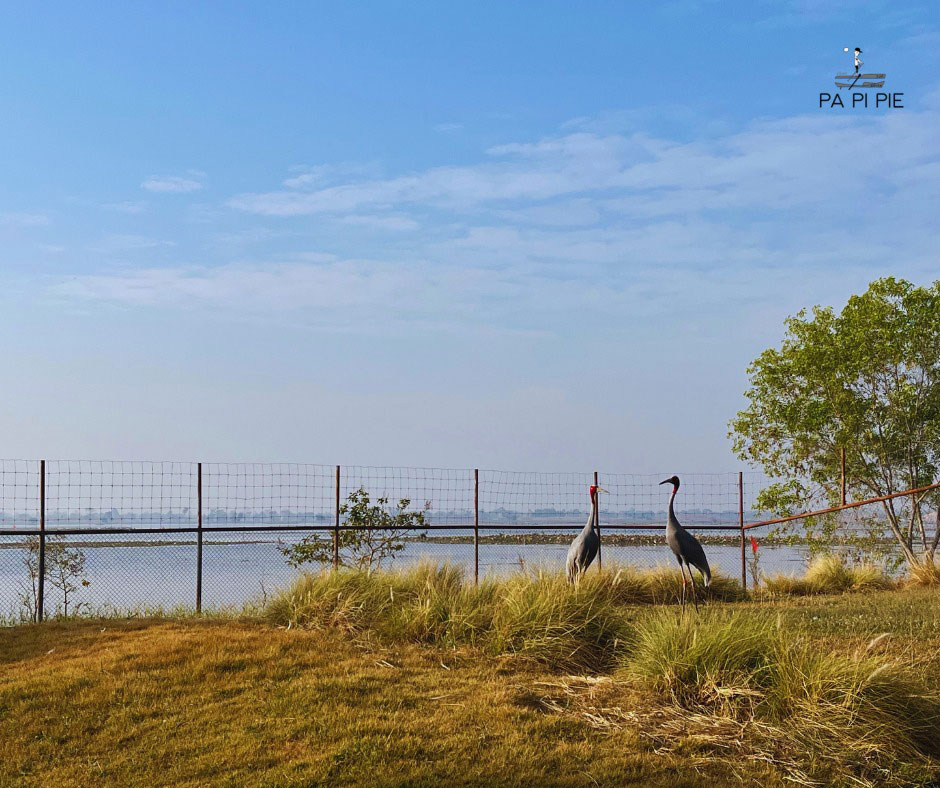
The best part is the building with the bird observatory, where you can watch birds and a flock of cranes.
They kept showing up to greet people. I was finally able to see live cranes. We got to know the employees and speak with them.
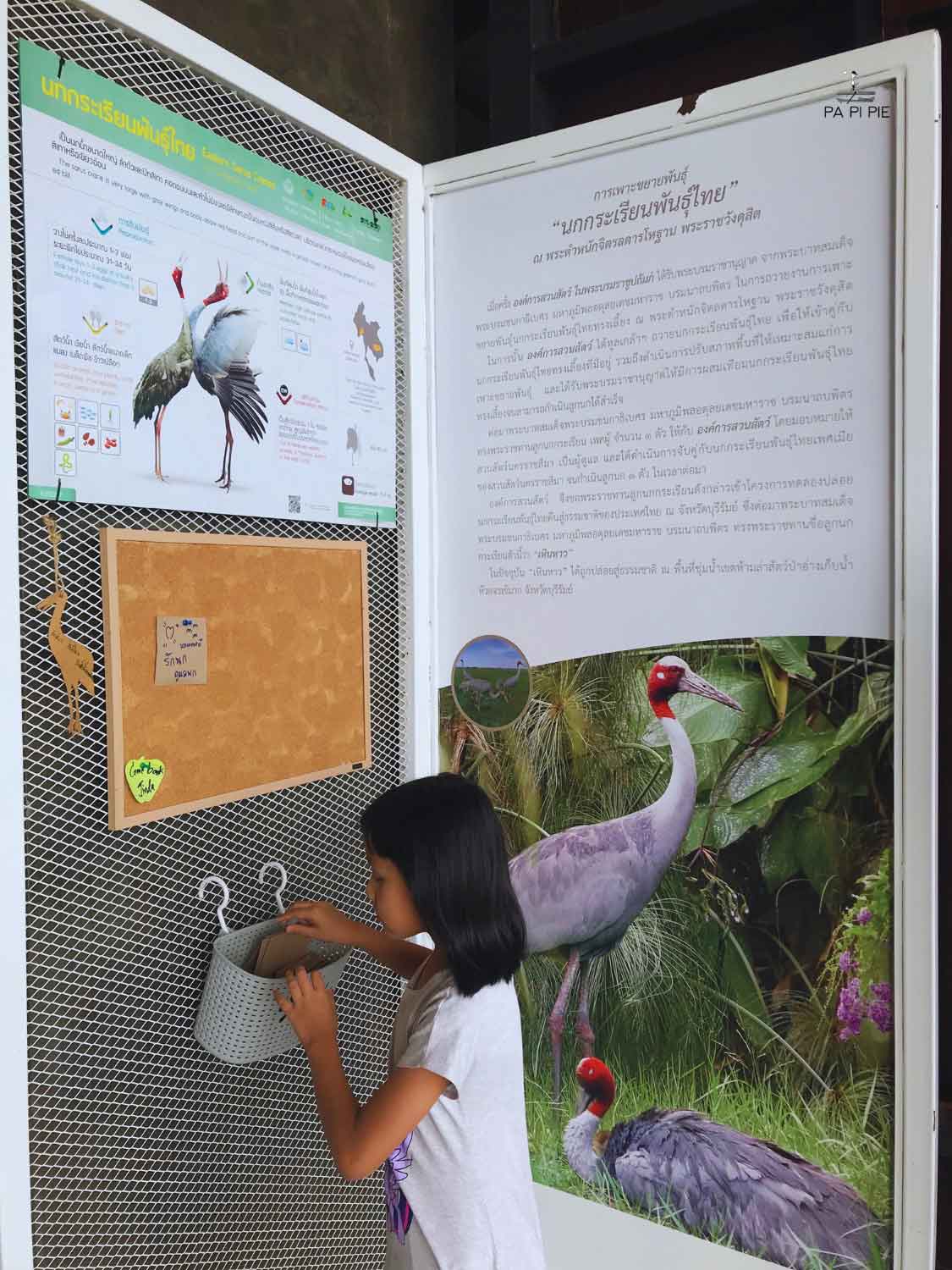
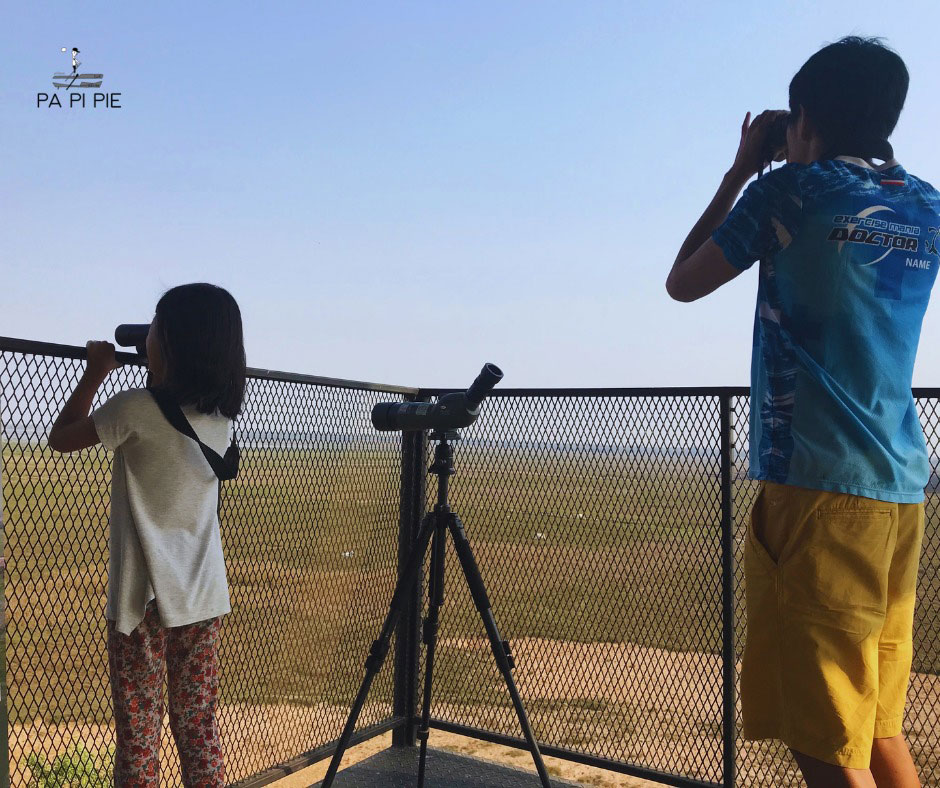
He provided us with information regarding the history and origins of the Wetland and Eastern Sarus Crane Conservation Center.
I remember inquiring about the location of the cranes on this wetland.
He didn’t answer, but he did ask me if we could hear some birds chirping while paddling here.
That’s what I believed. We experience real cranes with sound through our ears rather than our eyes.
These cranes sang loudly, but we couldn’t see them because they were on the other side.
We finish up at Buriram, a wetland in the northeastern of Thailand. However, there are a few more locations,
such as Prasat Hin Mueang Tam and Prasat Hin Phamon Rung, that should not be overlooked.




